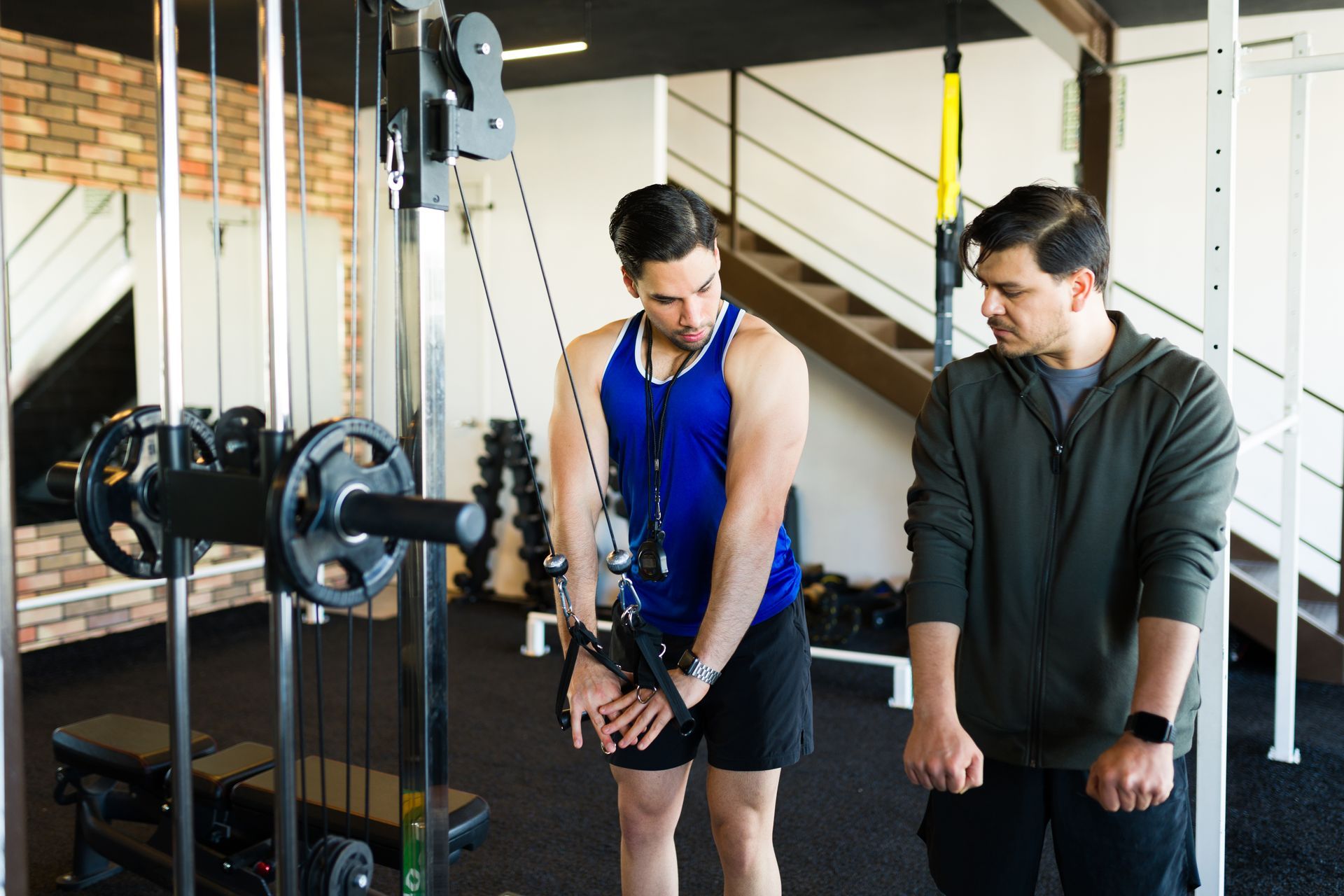January 16, 2023
Top 4 Considerations When Choosing a Gym
Learn about the 4 deal-breaking factors to consider when choosing your next best training facility.

With the time of year with resolutions right around the corner, many of you may start looking for a new gym? With so many around nowadays, it can be tough to choose the right one.
But with the right information, it can be easy.
This guide will help you find the perfect gym for your needs.
Whether you're looking for a big box chain or a specialized fitness studio, I am going to help you weigh your options and make the best decision for you.
So, without further ado, let’s take a look at the top 4 considerations when joining a gym.
#1 Location
On your quest to choosing a fitness center or gym, location should be one of the most important factors to consider.
After all, if the gym isn't conveniently located, it can be difficult to visit on a regular basis and stick to your fitness routine.
When evaluating potential gyms, it's important to think about everything from the distance you'll need to travel each day, the type of traffic you'll generally encounter, and whether there is adequate parking available.
Whatever your priorities are when it comes to accessibility, choosing a location that works for you will help ensure that you can make the most out of your fitness journey without wasting time.
So whether you need a gym close to home or work or prefer something in between, always keep location front and center when selecting your next workout destination.
#2 Equipment
When choosing a gym, another important factor to consider is its equipment.
After all, if a gym doesn't have the gear that you need for your workouts, then there's really no point in joining it.
So it's important to carefully examine the gym's offerings before committing to a membership.
Some things to look out for include:
· Cardio machines like treadmills, elliptical trainers, and stationary bikes
· Strength training equipment, such as free weights, kettlebells, and resistance machines, (these should be mandatory)
· Functional training equipment, such as TRX straps or rowing machines (optional).
Additionally, you should take into account the size of the facility in terms of both square footage and the number of members. Having a lot of avid gym-goers using popular pieces of equipment means longer wait times for you.
Ultimately, when choosing a gym, it is essential to have access to the gear that you need to achieve your fitness goals.
With this in mind, be sure to carefully assess any prospective gyms in order to find one that fits all your needs.
#3 Sanitation
Another important consideration when looking for your next best training spot is the facility's sanitation and cleanliness.
After all, you don't want to do your workout in a dirty environment where germs are likely to thrive and spread.
A good gym should be immaculately clean, with surfaces wiped down regularly, equipment correctly sanitized every day, and sinks for handwashing conveniently located and loaded with the proper soaps and drying needs.
On top of that, it should have well-functioning air conditioning and air filtration systems in place so that members can feel comfortable exercising in an environment that isn't prone to excessive heat or unpleasant odors.
With all of these factors in mind, anyone looking for a new gym can rest assured knowing that they've considered what is arguably one of the more overlooked, yet important aspects of their health and wellness journey.
#4 Pricing
When it comes to choosing a gym, most people will want (and need) to consider its pricing.
Most expensive, flashy gyms may seem tempting at first, with their state-of-the-art equipment and enticing membership options. However, if you're on a budget or just starting out in your fitness journey, these gyms are often not the best choice.
Instead, opt for a basic gym that offers all the essentials – basics like barbells, dumbbells, and cardio machines – rather than wasting your money on unnecessary extras that you'll probably never use.
Ultimately, by keeping your budget in mind when choosing a gym, you can ensure that you stay committed to a healthy lifestyle while getting great value for money.
So next time you're looking for a new way to get fit and stay healthy, don't get distracted by all the flash and excitement of pricier gyms – instead, choose a basic gym that will give you exactly what you need to reach your fitness goals.
And maybe, a less restrictive environment where you can unleash a grunt or two on your heavier sets.
Final Thoughts
So, how do you choose the right gym for you? It can be tricky with all of the options out there.
But if you keep these four things in mind, you’ll be on your way to finding a fitness home that fits both your budget and your goals.





